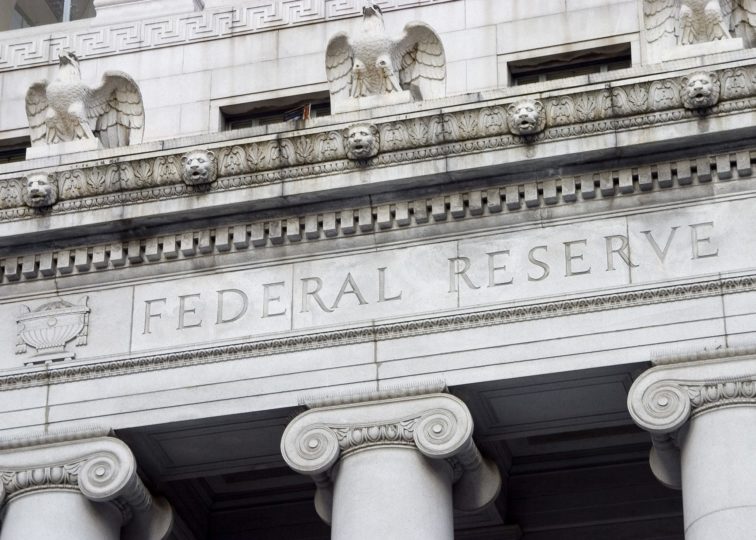
Blog
Is the Fed Winning the Fight Against Inflation? Depends on the Index
March 8, 2023
One of the biggest unknowns facing investors this year is when the Federal Reserve will declare victory over inflation. Unfortunately, the answer may vary depending on which inflation index is being looked at.
Most economists, investors, and analysts tend to prefer the consumer price index (CPI) to track inflation. However, the Fed prefers to base its decisions on the Commerce Department’s personal consumption expenditures (PCE) price index. Historically, the two indexes follow similar trends, but CPI inflation tends to run a bit higher.
Markets are now betting that annual inflation (as measured by CPI) will fall to about 2.8% by October, down from 6.4% in January. According to analysts who spoke to the Wall Street Journal, this would put the Fed’s preferred PCE index at about 2.5% in October. If that came to pass, it would mean that the Fed’s work would be nearly done and inflation would be nearly down to its 2% target.
However, differences in how the two indexes calculate inflation mean that we may see the gulf between the two shrink or even invert as CPI inflation comes down more quickly than PCE. Barclays is forecasting that PCE will rise about 2.8% in October from a year earlier, while CPI’s 12-month growth rate will slip to 2.6%. The divergence will complicate the Fed’s task and make messaging more difficult, as market participants could see much lower inflation based on the CPI, while the Fed insists it needs to maintain its hawkish stance because PCE inflation proves to be persistent.
One major reason that the two indexes are telling different stories about inflation is the different ways they calculate housing costs. Both show the costs of housing are rising about 8% a year, but housing costs account for roughly one-third of CPI, more than twice their share of PCE. This means the current strength in housing costs is pushing up CPI more, contributing 2.5 percentage points to January’s 6.4% rise in CPI, compared with 1.2 percentage points in the 5.4% rise in January’s PCE. As housing inflation continues to work its way through the economy, the opposite will also be true. Falling costs will bring the CPI down faster than the PCE. Differences in how the indexes also calculate energy and healthcare costs could also cause a further divergence between the two, making the Fed’s task more difficult.
